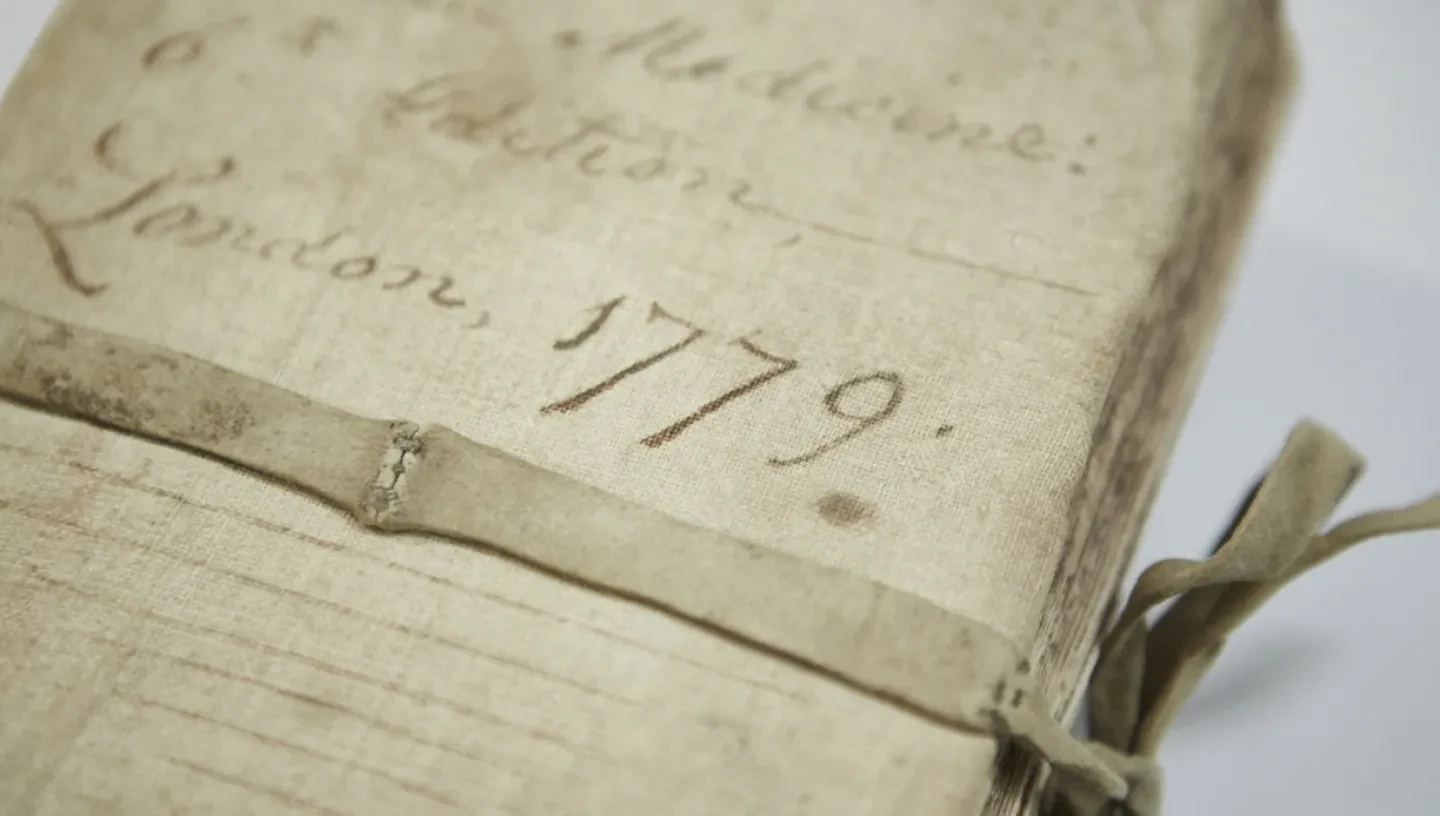
Search the range of research guides produced by the Caird Library at the National Maritime Museum to help you carry out your own research on a wide range of topics.
The guides provide information about the Museum's collections and also signpost to other sources for research into maritime history.
Search our research guides
About the guides
The guides are broken up into 17 categories and each has links to other guides which may be relevant to your research. The first four guides (A1, A2, A3 and A4) give comprehensive information about the Museum's main collections and records, and include specific help for those tracing family history from maritime records.
The information in the guides was produced by the staff of the museum, with additional contributions from researchers. The guides are the copyright of the National Maritime Museum. Whilst you are welcome to print copies for your own use, you may not copy them for commercial purposes or republish them in any form. Although care has been taken in preparing the information contained in this document, anyone using it shall be deemed to indemnify the National Maritime Museum from any and all injury or damage arising from such use.